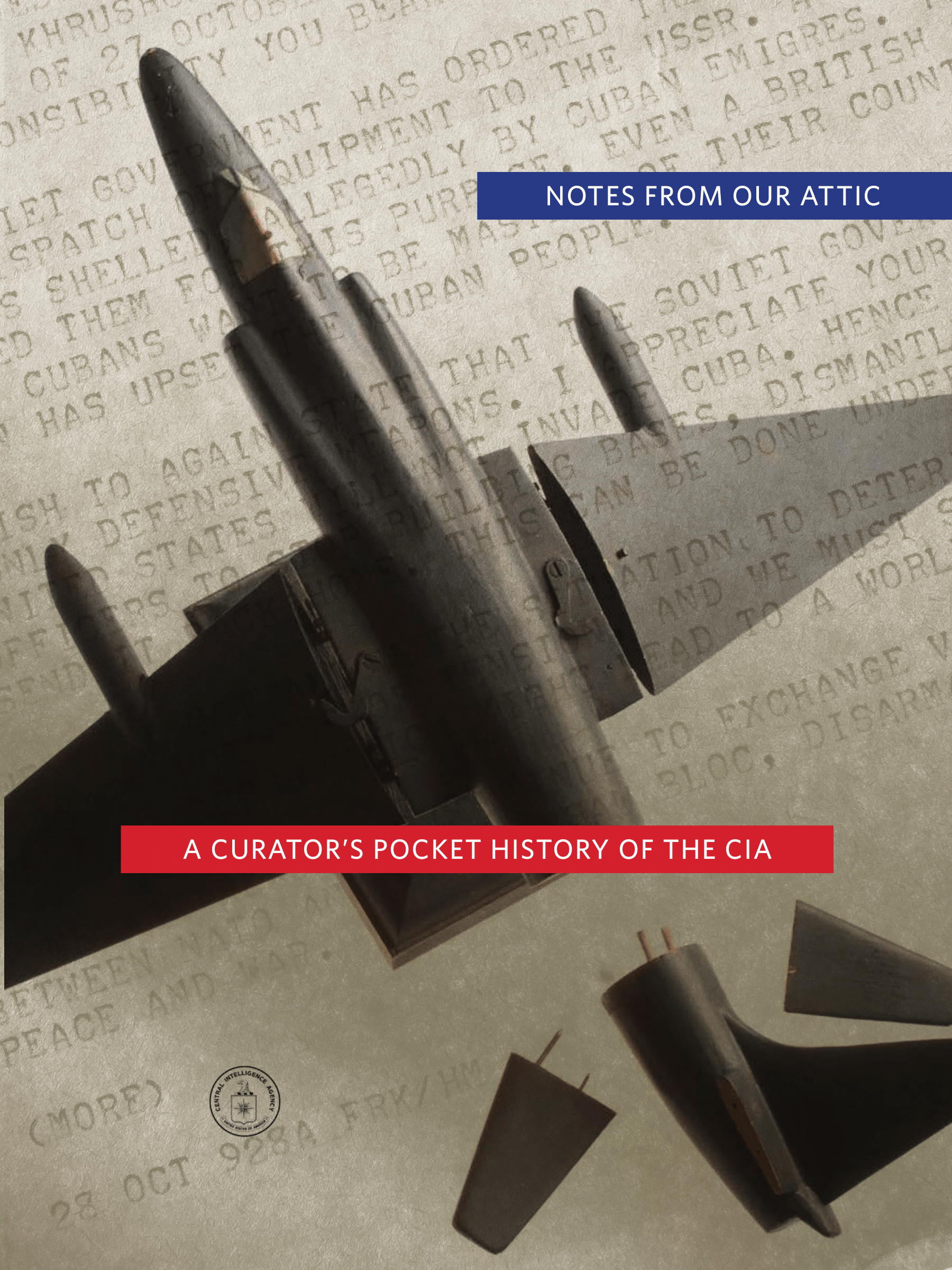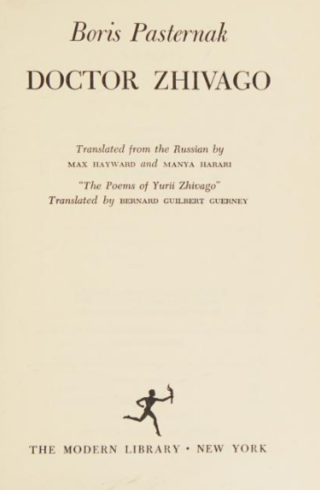Well chronicled in the Pocket History is how it took only a few decades to go from Secretary of State Henry Stimson shutting down the US Army’s “Cipher Bureau” in the 1920s because it was wrong for “gentlemen” to “read each other’s mail,” to the Director of Central Intelligence (DCI) Allen Dulles declaring in the 1950s that “when the fate of a nation and the lives of its soldiers are at stake, gentlemen do read each other’s mail.” An image of a vest-pocket paperback copy of the Russian edition of Doctor Zhivago, published during Dulles’s tenure as director, is featured in the Pocket History, with the caption sternly quoting from Tolstoy’s book: “Pasternak’s novel became a tool that was used by the United States to teach the Soviet Union a lesson.” Expressing no direct endorsement or objection in the face of this allegation, the caption ends by simply noting the official declassification of related activities in 2014.
There is much retrofuturistic technology to be discovered in the collection. There might be a miniature camera hidden behind a brooch or button, or a bird for that matter. The Pigeon Camera, devised by the Office of Research and Development (ORD), was used during the still-undisclosed “pigeon missions.” It was small and light enough to be carried by the bird, which flies much lower than a satellite or an aircraft, and delivers more detail than other “imagery collection platforms.” Another initiative of the ORD was the Insectothopter, an eavesdropping Unmanned Aerial Vehicle (UAV) in the shape of a life-sized dragonfly. Robot Fish “Charlie,” on the other hand, was an Unmanned Underwater Vehicle (UUV) developed by the Office of Advanced Technologies and Programs. Equipped with certain communication and propulsion systems and remotely controlled, such aquatic exploration too was aimed at perceiving more and more terrains of nature as bearers of intelligence.
But the more modest examples also look more cunning. Take the pair of gold cufflinks that DCI Richard Helms presented to case officer George Kisevalter upon his retirement in 1970. Embossed with the Pallas Athena helmet and a small sword, it was one of two identical pairs designed by the Chief of Station Peer de Silva, a graduate of the United States Military Academy, after his alma mater’s “Duty, Honor, Country” crest. The other pair belonged to Pyotr Popov, a major in the Soviet Military Intelligence (GRU), codenamed ATTIC. Stationed in Vienna and then in East Berlin, Popov wore the cufflinks from 1953 to 1959, always looking for the other pair—worn by an assignee allocated by Kisevalter, his handler—in order to confirm a bona fide connection with the CIA.

